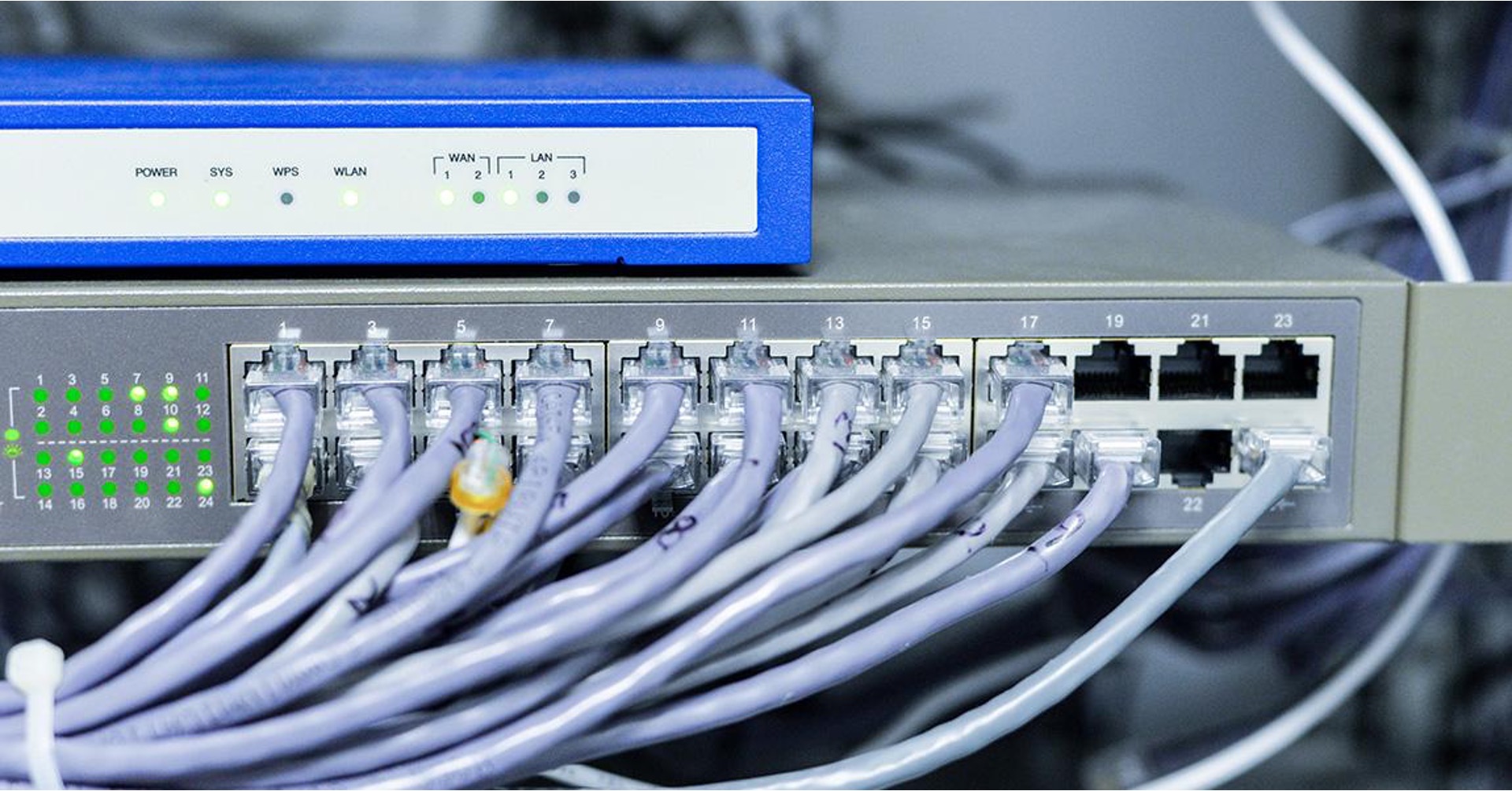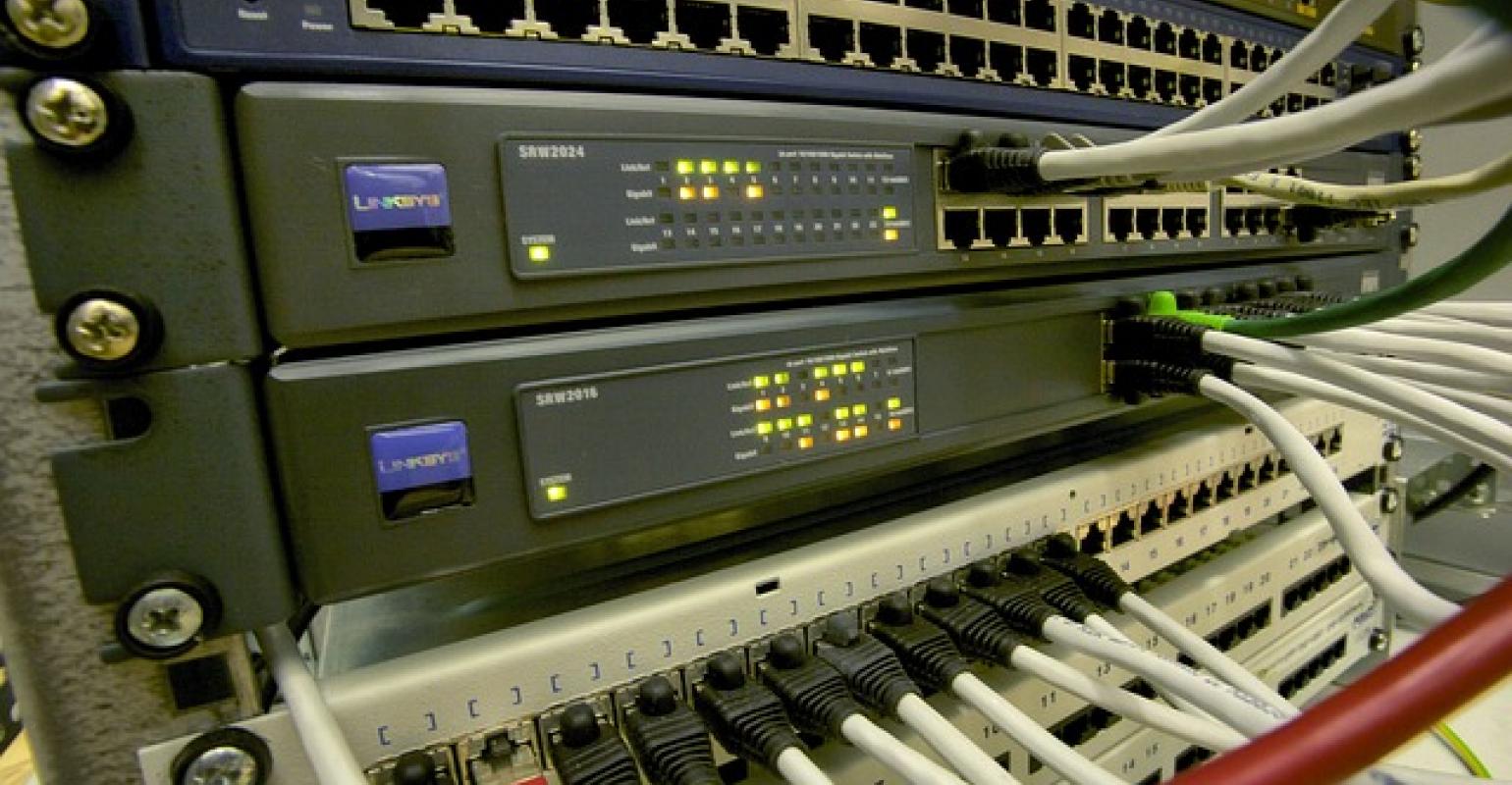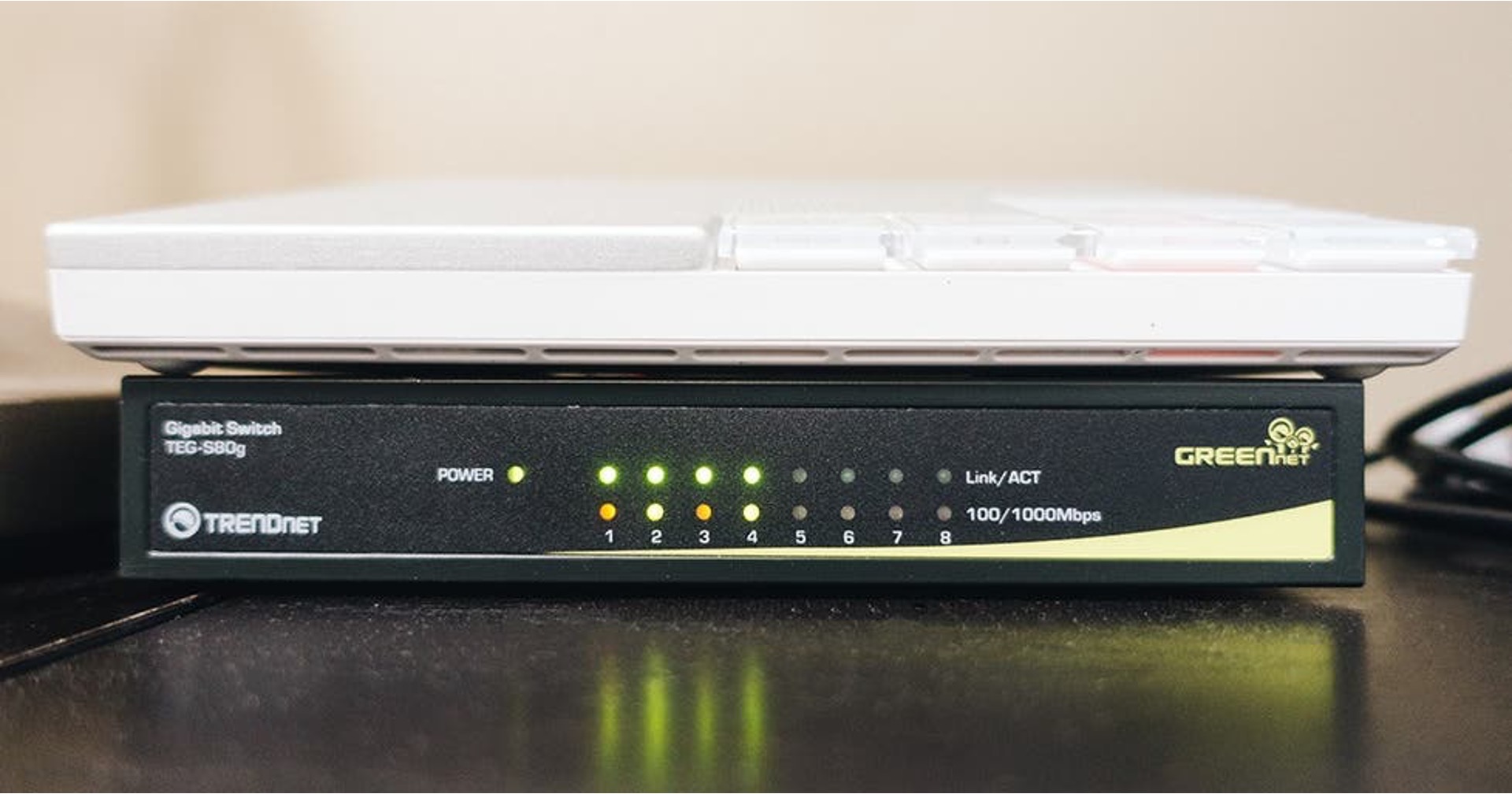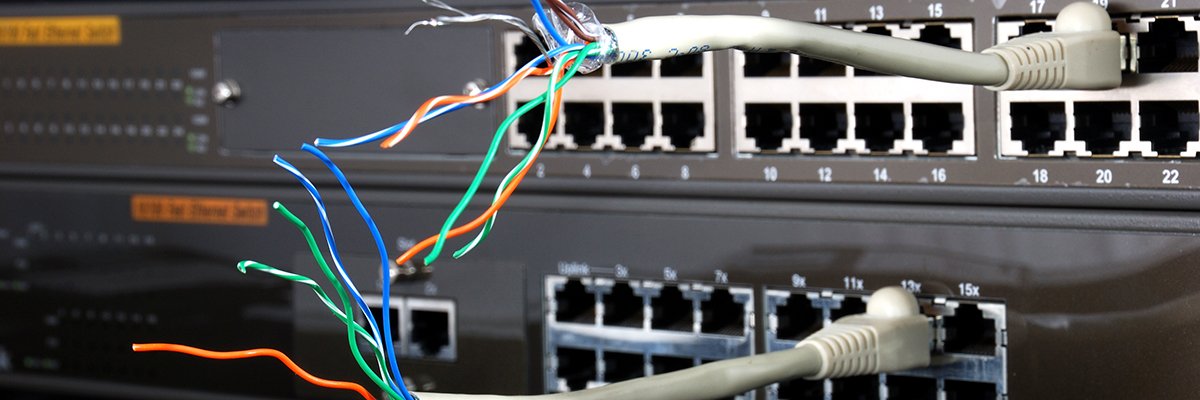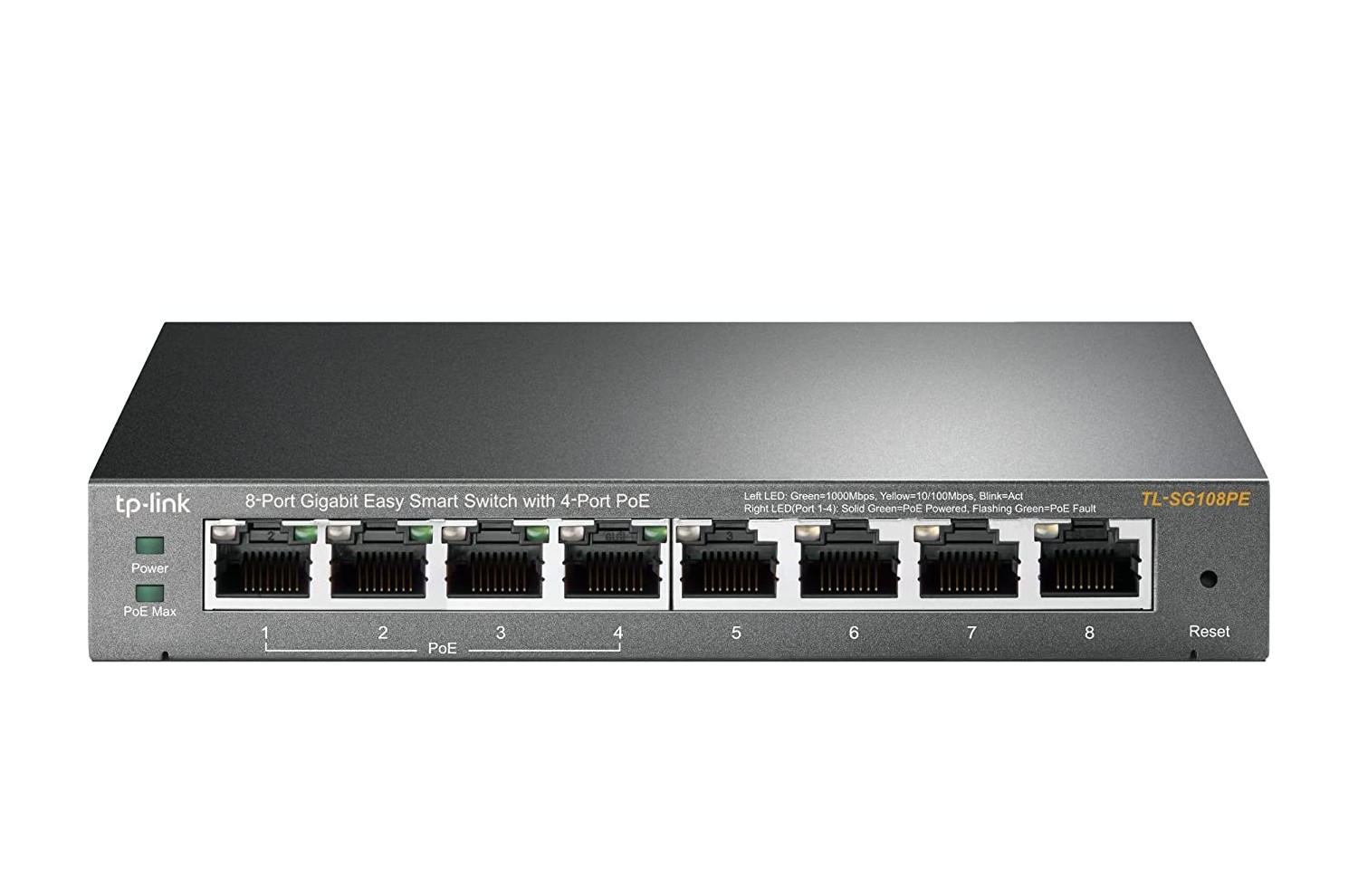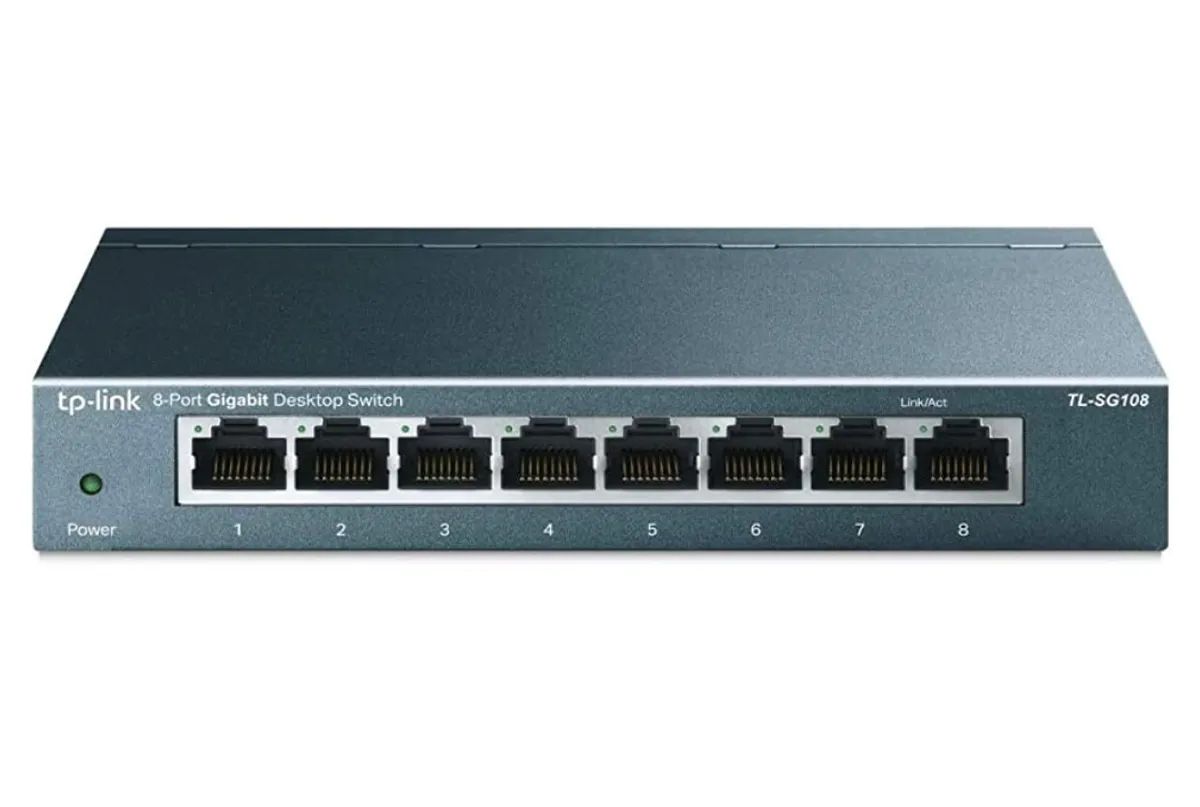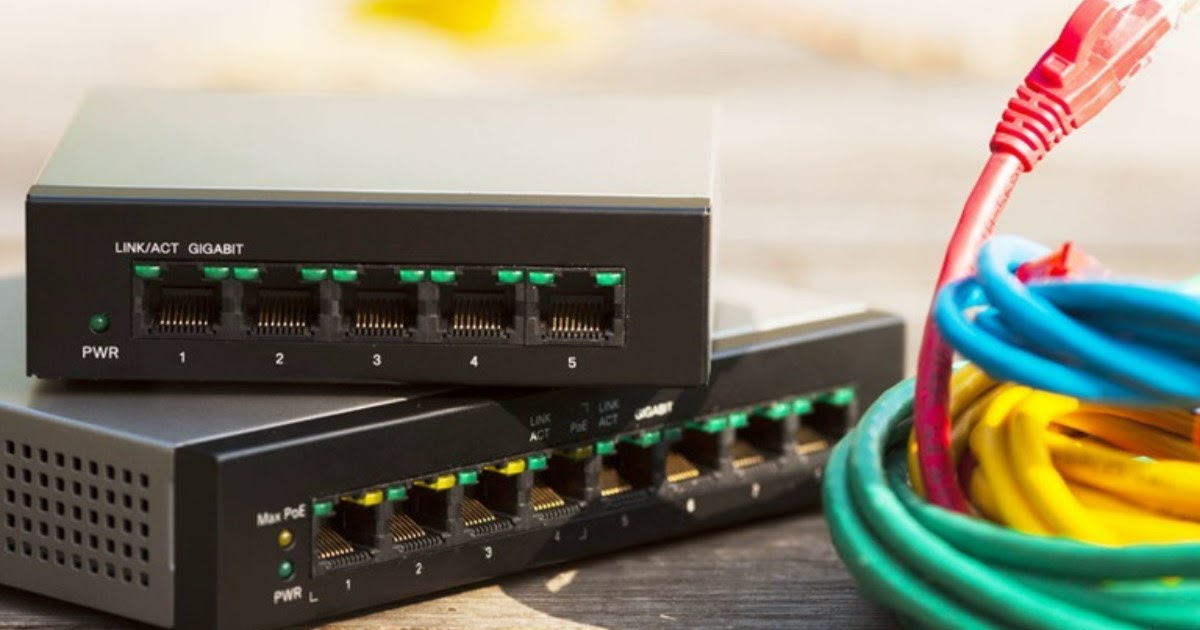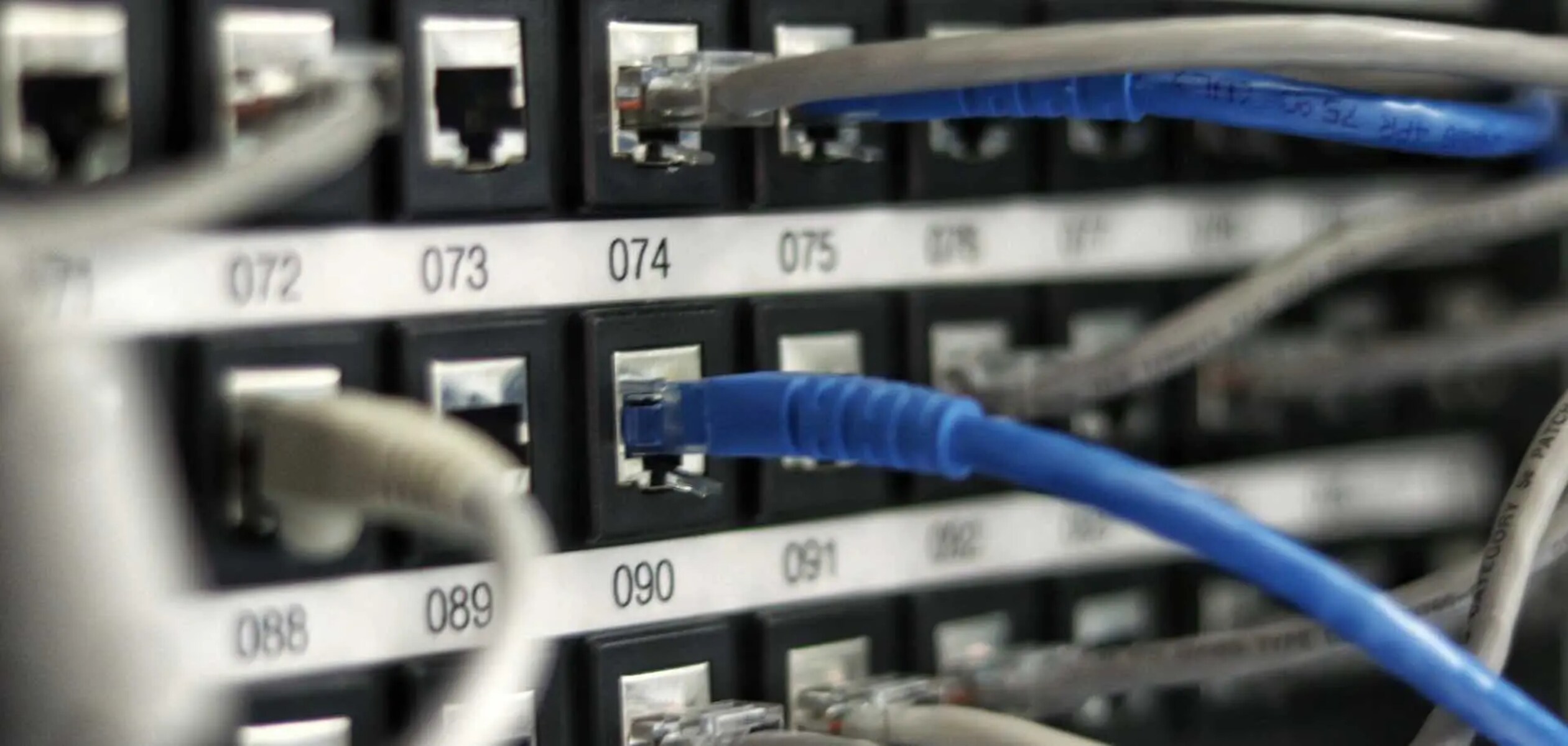Introduction
When it comes to maintaining a smooth and efficient network, the network switch plays a pivotal role in ensuring seamless communication and data transfer among devices. Whether you are a seasoned IT professional or a tech-savvy enthusiast looking to troubleshoot network issues, understanding how to check a network switch is a valuable skill. By performing a comprehensive inspection of the switch, you can identify potential issues, monitor network traffic, and ensure that the switch is functioning optimally.
A network switch serves as a central hub for connecting multiple devices within a local area network (LAN). It efficiently directs data packets to their intended destinations, allowing devices to communicate with each other. However, like any other piece of hardware, network switches can encounter issues that may disrupt network connectivity or performance. By familiarizing yourself with the various methods for checking a network switch, you can proactively address potential issues and maintain a reliable network infrastructure.
From physical inspections to configuration checks and traffic monitoring, this guide will walk you through the essential steps for evaluating the health and functionality of a network switch. By the end of this article, you will have a comprehensive understanding of how to conduct a thorough assessment of a network switch, empowering you to troubleshoot issues and optimize network performance. So, let's delve into the intricacies of checking a network switch to ensure a robust and resilient network environment.
Physical Inspection
Before delving into the technical aspects of evaluating a network switch, it is crucial to commence with a thorough physical inspection. Start by examining the exterior of the switch for any visible signs of damage, such as dents, cracks, or loose components. Additionally, ensure that the switch is adequately ventilated to prevent overheating, as proper airflow is essential for maintaining optimal performance.
Inspect the power supply and network cables to verify that they are securely connected and free from wear or fraying. Loose or damaged cables can lead to intermittent connectivity issues or data transmission errors. Furthermore, assess the status of indicator lights on the switch, as they can provide valuable insights into the switch’s operational status and potential issues.
As you conduct the physical inspection, take note of the switch’s location and surroundings. Ensure that it is positioned in a clean and dust-free environment, as dust accumulation can impede airflow and lead to overheating. Additionally, check for any nearby electromagnetic interference sources, such as large electrical appliances or power cables, as they can disrupt the switch’s performance.
By meticulously examining the physical attributes of the network switch, you can preemptively address any visible issues that may impact its functionality. This proactive approach to physical inspection is instrumental in maintaining a reliable and resilient network infrastructure.
LED Indicators
LED indicators on a network switch serve as a vital diagnostic tool, offering valuable insights into the switch’s operational status and potential issues. Understanding the significance of these indicators is essential for effectively assessing the health and functionality of the switch.
Begin by familiarizing yourself with the various LED indicators present on the switch, which may include power, link/activity, and port status lights. The power LED confirms that the switch is receiving power, while the link/activity lights provide real-time feedback on data transmission and network connectivity. Additionally, the port status indicators offer visibility into the status of individual ports, allowing you to identify any anomalies or connectivity issues.
When assessing the LED indicators, pay close attention to any irregularities or patterns that deviate from the norm. Blinking or flashing link/activity lights indicate data transmission, while a steady, unchanging light may suggest a lack of network activity. Similarly, port status lights may display different colors or patterns to signify specific conditions, such as link speed, duplex mode, or error notifications.
Consult the switch’s documentation or manufacturer’s guidelines to interpret the meaning of different LED patterns and colors. This knowledge will empower you to identify potential issues, such as network congestion, port errors, or connectivity disruptions, based on the LED indicator feedback.
By leveraging the insights provided by LED indicators, you can proactively detect and troubleshoot network issues, ensuring that the switch operates optimally and facilitates seamless data transmission across the network. The ability to interpret and respond to LED indicator feedback is a valuable skill that enhances your capacity to maintain a robust and reliable network infrastructure.
Port Status
Monitoring the status of individual ports on a network switch is integral to identifying connectivity issues, diagnosing network congestion, and ensuring efficient data transmission. Each port on the switch serves as a gateway for connecting devices to the network, making it essential to assess their status and performance.
Begin by accessing the switch’s management interface or using a dedicated network management tool to view the port status. This interface provides comprehensive visibility into the operational status of each port, including details such as link speed, duplex mode, and error statistics. By reviewing this information, you can pinpoint ports experiencing connectivity issues, negotiate link speeds, or encountering transmission errors.
Pay attention to the link speed and duplex mode settings of each port, as they directly impact data transfer rates and network performance. A mismatch in these settings between connected devices can lead to performance degradation or intermittent connectivity. Additionally, monitor error statistics to identify ports experiencing packet loss, collisions, or other transmission anomalies.
Utilize the port status information to troubleshoot connectivity issues, optimize network performance, and ensure that devices are operating at their maximum potential. By proactively addressing port-related issues, you can minimize network downtime and maintain a reliable communication infrastructure.
Regularly monitoring and analyzing the port status on a network switch is a fundamental practice for network administrators and IT professionals, enabling them to uphold a robust and responsive network environment.
Configuration Check
Verifying the configuration settings of a network switch is a critical aspect of ensuring its optimal performance and compatibility with the network environment. By reviewing and validating the configuration, you can identify potential misconfigurations, security vulnerabilities, and performance bottlenecks that may impact the switch’s functionality.
Access the switch’s management interface or command-line interface (CLI) to review its configuration parameters, including VLAN settings, spanning tree protocol (STP) configuration, port security settings, and Quality of Service (QoS) policies. Ensure that the VLAN assignments align with the network’s segmentation requirements and that STP is appropriately configured to prevent network loops and ensure redundancy.
Review the port security settings to confirm that unauthorized access attempts are mitigated, and only authorized devices can connect to the network. Additionally, validate the QoS policies to prioritize critical data traffic and optimize network performance for voice, video, or other latency-sensitive applications.
Perform a comprehensive review of the switch’s firmware and software versions to ensure that they are up to date and free from known vulnerabilities. Keeping the switch’s firmware and software updated is crucial for safeguarding against security exploits and benefiting from performance enhancements and bug fixes provided by the manufacturer.
By meticulously examining the configuration settings of the network switch, you can proactively address potential security risks, performance limitations, and compatibility issues. This proactive approach to configuration validation contributes to the overall stability and resilience of the network infrastructure.
Ping Test
Conducting a ping test is a fundamental method for assessing the connectivity and responsiveness of a network switch within the local network environment. By sending ICMP (Internet Control Message Protocol) echo requests to the switch’s IP address, you can evaluate its ability to respond to network traffic and identify potential latency or packet loss issues.
To initiate a ping test, open a command prompt or terminal window on a device connected to the same network as the switch. Use the ping command followed by the switch’s IP address to send a series of ICMP echo requests. The responses received from the switch indicate its accessibility and responsiveness to network requests.
When analyzing the ping test results, pay attention to the response times and packet loss percentage. Consistently high response times or significant packet loss may indicate network congestion, connectivity issues, or performance limitations within the switch or the network infrastructure.
Conducting periodic ping tests provides valuable insights into the switch’s responsiveness and network connectivity, allowing you to proactively address potential issues that may impact data transmission and device accessibility. By leveraging the diagnostic capabilities of the ping test, you can ensure that the network switch operates reliably and facilitates seamless communication among connected devices.
Traffic Monitoring
Monitoring network traffic on a switch is essential for gaining visibility into data patterns, identifying potential bottlenecks, and ensuring efficient data transmission across the network. By leveraging traffic monitoring tools and techniques, you can proactively manage network congestion, detect abnormal data flows, and optimize the switch’s performance.
Utilize network monitoring software or the switch’s built-in traffic monitoring features to capture and analyze data traffic traversing the switch. These tools provide detailed insights into bandwidth utilization, packet transmission rates, and the types of data traversing the network, enabling you to identify trends and anomalies.
When monitoring network traffic, pay attention to bandwidth utilization across individual ports and the switch as a whole. High levels of bandwidth consumption may indicate heavy network usage or potential congestion points that require attention. Additionally, analyze the types of data traffic, such as HTTP, FTP, VoIP, or video streaming, to prioritize critical applications and allocate resources effectively.
Identify and address any abnormal data patterns or unexpected spikes in traffic, as they may signify security threats, network anomalies, or unauthorized data transfers. By proactively monitoring and analyzing network traffic, you can maintain a secure and efficient network environment while optimizing the switch’s performance to meet the demands of connected devices.
Regularly monitoring network traffic on the switch provides valuable insights into network utilization, performance trends, and potential issues that may impact data transmission. By leveraging traffic monitoring tools and techniques, you can uphold a resilient and responsive network infrastructure that meets the communication needs of connected devices.
Conclusion
Mastering the art of checking a network switch is a valuable skill for IT professionals and enthusiasts alike. By following the comprehensive steps outlined in this guide, you can ensure that the network switch operates optimally, facilitates seamless communication, and maintains a secure and efficient network environment.
From conducting physical inspections and interpreting LED indicators to validating configuration settings, performing ping tests, and monitoring network traffic, each aspect of the evaluation process contributes to the overall health and functionality of the network switch.
By proactively addressing potential issues, optimizing performance, and safeguarding against security vulnerabilities, you can uphold a robust and reliable network infrastructure that meets the communication needs of connected devices. Regularly applying these assessment methods and best practices empowers you to troubleshoot network issues, optimize performance, and maintain a resilient network environment.
As technology continues to evolve, staying informed about the latest advancements in network switch management and diagnostic techniques is crucial for adapting to the changing landscape of networking. Embracing a proactive and meticulous approach to checking a network switch ensures that you are well-equipped to address emerging challenges and maintain a responsive and efficient network infrastructure.
By integrating these practices into your network management routine, you can confidently navigate the complexities of network switch evaluation, contributing to the seamless operation and reliability of the network environment.







